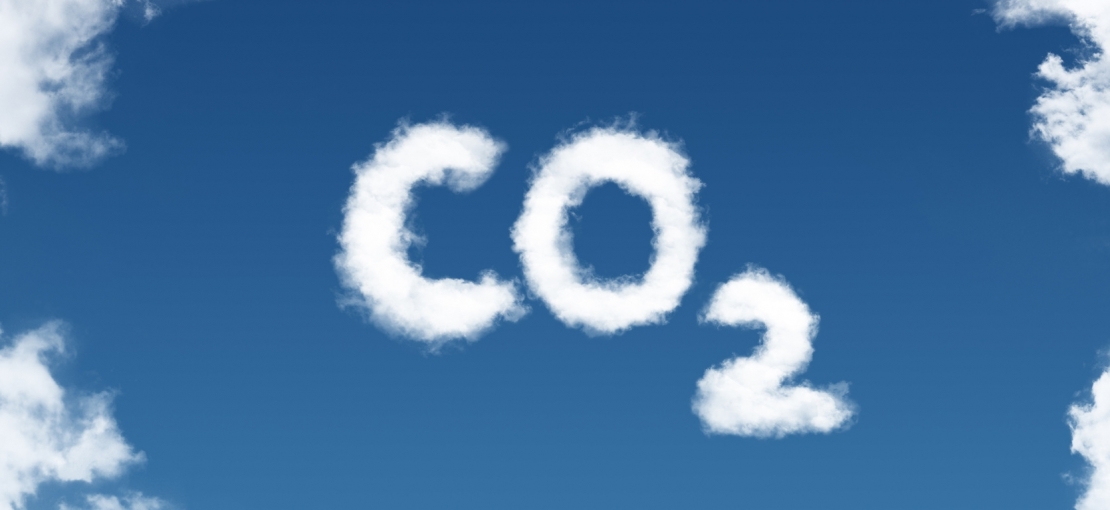
Greenhouse Gas Emissions Overview
When resources are consumed due to industrial use, climate-damaging greenhouse gas emissions are produced. We have set ourselves a goal of reducing our emissions as much as possible.
This page provides the most important facts and figures from our carbon footprint. The full report can be downloaded here
The methodological approach of our carbon footprint and why the topic is important for VAUDE is explained here
22% fewer emissions since 2011
VAUDE has already achieved significant emission savings at the company headquarters since 2011: 22% since 2011. Compared to 2015, emissions fell by 6%.
Total amount of emissions in tonnes Co2e (carbon dioxide equivalents)
Create your own infographicsDistribution of VAUDE emissions 2016 in tonnes CO2e (carbon dioxide equivalents)
Create your own infographicsYearly comparison of emissions per area in tonnes of Co2e (carbon dioxide equivalents)
| Area | 2011 | 2015 | 2016 | Difference 2016 to 2015 | Difference 2016 to 2011 |
|---|---|---|---|---|---|
|
Business Travel |
865 |
880 |
917 |
4% |
6% |
|
Commuting |
734 |
454 |
358 |
-21% |
-51% |
|
Material Production |
700 |
1.092 |
923 |
-15% |
32% |
|
Other Materials |
230 |
277 |
293 |
6% |
27% |
|
Website |
|
|
105 |
|
|
|
Energy |
215 |
122 |
83 |
-32% |
-62% |
|
Printed Materials |
819 |
80 |
48 |
-41% |
-94% |
|
Consumables |
51 |
55 |
67 |
20% |
29% |
|
Transport proportional (OEB products) |
44 |
90 |
80 |
-12% |
81% |
|
Waste |
45 |
22 |
16 |
-28% |
-64% |
|
Water |
0 |
1 |
1 |
0% |
158% |
|
Total |
3.704 |
3.074 |
2.889 |
-6% |
-22% |
Annual comparison of emissions in tonnes of Co2e (carbon dioxide equivalents)
Create your own infographicsNew VAUDE Manufaktur with a fantastic CO2 balance
Life cycle analysis of different construction types for the VAUDE Manufaktur production facility
Create your own infographicsAmbitious mobility goals
Above all, we see a need for action on emissions from commuting and business travel. This is why our goal is to reduce emissions from passenger transport (business travel and commuter traffic) by 10% by 2020 (base year 2015).
According to data from our carbon footprint, we have achieved good progress - but these values have to be treated with caution. On the one hand, the collection of commuting kilometers of employees who use environmentally friendly transportation is based on voluntary self-reporting. We created the VAUDE Mobility Lottery as an incentive, but the accuracy of the information depends on employee motivation.
Secondly, in 2016 we refined our methodology for determining the number of employees who actually work in Obereisenbach and who commute there daily. As a result, the number of employees is lower – and the problems caused by commuting emissions are accordingly calculated likewise.
Our need for action in terms of emissions from business travel is high, yet our scope for action is limited.
Emissions in comparison
Despite higher production output (up 9% compared to 2015) and higher employee figures (up 4% since 2015), emissions have not risen. In a relative comparison per employee and per ton of production output, they have fallen.
Emissions per employee and per tonne of production output
Create your own infographicsBackground and details about resource consumption:
Energy: electricity and gas consumption
Create your own infographicsPackaging: cardboard and plastic film
Create your own infographicsConsumables
Create your own infographicsTransportation of incoming and outgoing deliveries of VAUDE products
Create your own infographics
See also "Emissions Compensated"
Emissions based on scopes
Create your own infographics| GRI: | G4-EN15 |
| GRI: | G4-EN17 |






